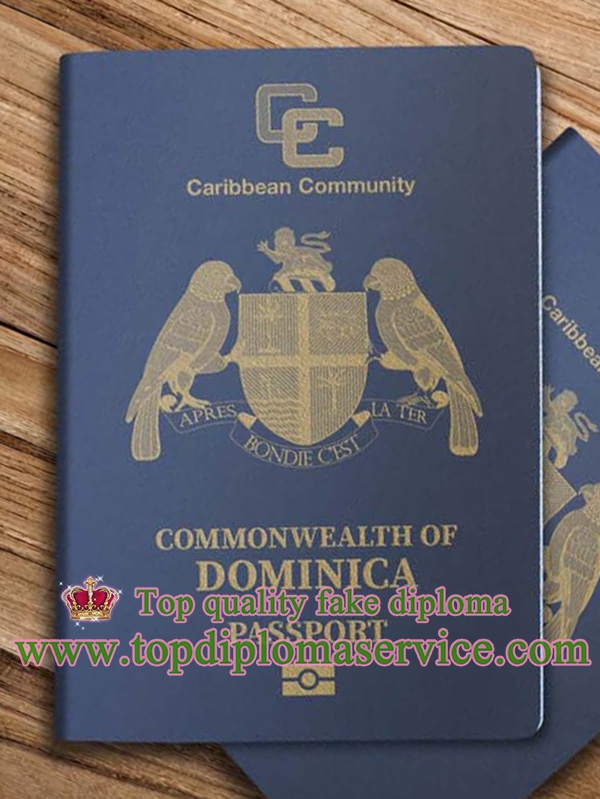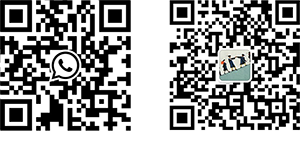
Steps to apply for detectable Dominica passport, buy Dominica passport online, make a scannable Dominica passport. Dominica (/ˌdɒmɪˈniːkə/ or /dəˈmɪnɪkə/ (listen); Kalinago: Wai‘tu kubuli; French: Dominique; Dominican Creole French: Dominik), officially the Commonwealth of Dominica, is an island country in the Caribbean.[13] The capital, Roseau, is located on the western side of the island. It is geographically situated as part of the Windward Islands chain in the Lesser Antilles archipelago in the Caribbean Sea. Dominica’s closest neighbours are two constituent territories of the European Union, the overseas departments of France, Guadeloupe to the northwest and Martinique to the south-southeast. Dominica comprises a land area of 750 km2 (290 sq mi), and the highest point is Morne Diablotins, at 1,447 m (4,747 ft) in elevation. The population was 71,293 at the 2011 census.
The island was settled by the Arawak arriving from South America in the fifth century. The Kalinago displaced the Arawak by the 15th century. Columbus is said to have passed the island on Sunday, 3 November 1493. It was later colonised by Europeans, predominantly by the French from the 1690s to 1763. The French imported enslaved people from West Africa to Dominica to work on coffee plantations. Great Britain took possession in 1763 after the Seven Years’ War, and it gradually established English as its official language. The island gained independence as a republic in 1978.
Dominica has been nicknamed the “Nature Island of the Caribbean” for its natural environment. It is the youngest island in the Lesser Antilles, and in fact it is still being formed by geothermal-volcanic activity, as evidenced by the world’s second-largest hot spring, called Boiling Lake. The island has lush mountainous rainforests and is the home of many rare plants, animals, and bird species. There are xeric areas in some of the western coastal regions, but heavy rainfall occurs inland. The Sisserou parrot, also known as the Imperial amazon, is critically endangered and found only on Dominica. It is the island’s national bird and is featured on the national flag, making Dominica one of only two sovereign nations whose official flag features the color purple. The country is a member of the Commonwealth of Nations, the United Nations, the Organization of American States, the Organisation internationale de la Francophonie, the Organisation of Eastern Caribbean States and the Non-Aligned Movement.


